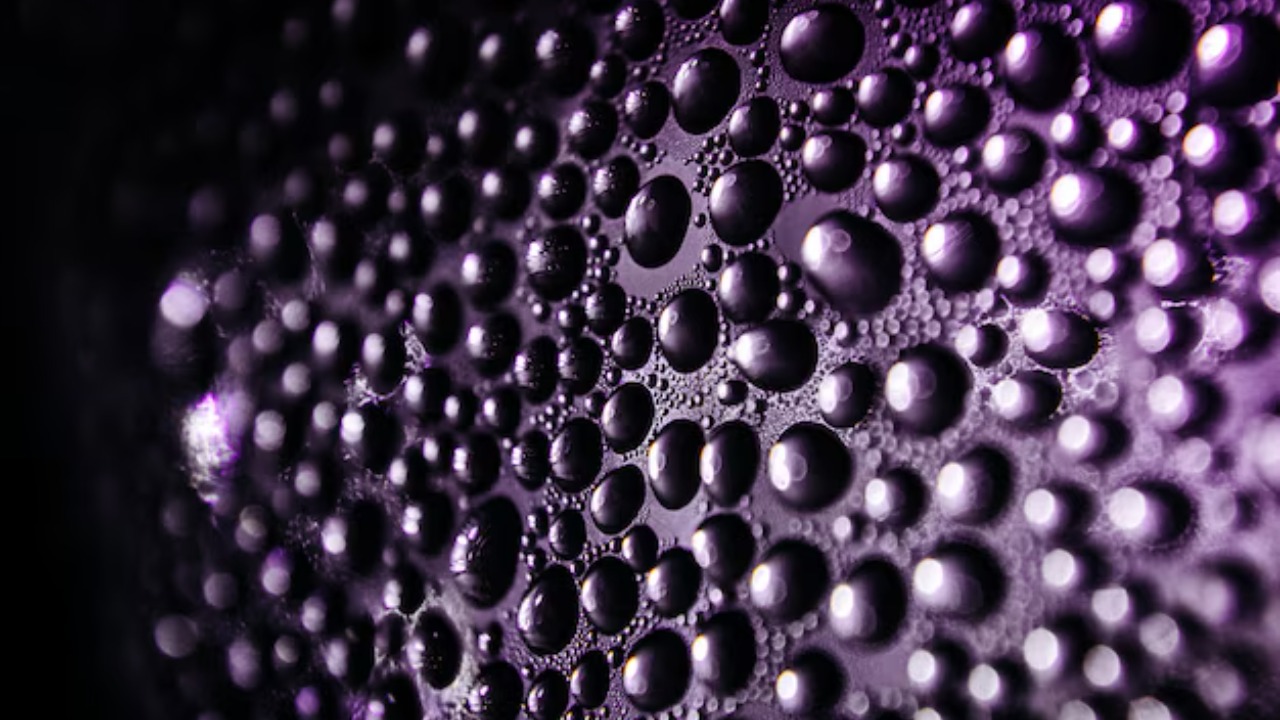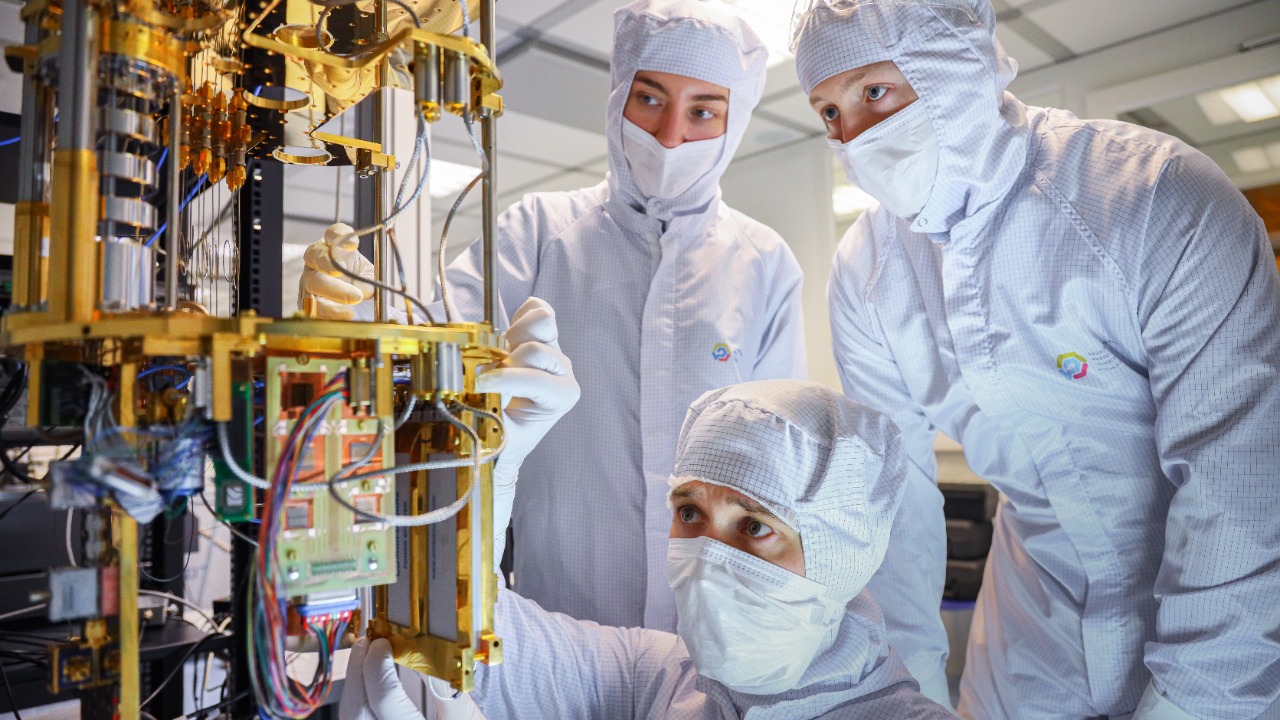
Scientists at the University of Copenhagen have made a significant breakthrough in the field of quantum technology. They have developed a thin molecular coating that effectively filters out noise from quantum light sources, thereby enabling clearer signals for quantum computing and sensing applications. This development, detailed in a study published on October 6, 2025, demonstrates how the coating reduces photon loss by up to 90% while preserving quantum coherence, potentially accelerating the advancement of practical quantum technologies. source
The Challenge of Noisy Quantum Light

Quantum light sources, such as single-photon emitters, inherently produce noise. This noise arises from environmental interactions and scattering, leading to degraded signal quality in quantum networks. For instance, in quantum optics research, noise has limited applications by reducing efficiency in quantum key distribution systems. This is a significant challenge as typical noise levels can exceed 50% in uncorrected setups, according to prior studies. source
Development of the Molecular Coating

The research team, led by Professor Peter Lodahl at the University of Copenhagen’s Niels Bohr Institute, engineered the coating using self-assembled monolayers of organic molecules. The coating’s composition includes thiols bonded to gold surfaces for precise thickness control at the nanoscale, as tested in their October 2025 experiments. This development is a significant step forward in the field of quantum technology. source
The fabrication process of the molecular coating involves vapor deposition in a vacuum chamber to ensure uniformity. This method allows for integration with existing quantum devices, making it a practical solution for reducing noise in quantum light sources. source
Mechanism and Performance Results

The molecular coating works by selectively absorbing unwanted wavelengths while transmitting quantum-entangled photons. This process leverages molecular resonance effects to filter out noise. Experimental data shows a 90% improvement in signal-to-noise ratio for quantum dots emitting at 780 nm, measured in controlled lab settings at the University of Copenhagen. source
Lead researcher Peter Lodahl explains, “This coating acts like a quantum sieve, filtering noise without disturbing the delicate quantum states.” He emphasizes its compatibility with cryogenic environments, which are often used in quantum computing and sensing applications. source
Applications and Future Prospects

The molecular coating has potential uses in quantum communication, such as enhancing fiber-optic quantum repeaters. These devices could extend network ranges beyond current 100 km limits, making quantum communication more feasible over long distances. This development could revolutionize the field of quantum communication. source
Furthermore, the molecular coating could be scaled for use in quantum sensors in biomedical imaging. Reduced noise could improve resolution for detecting single molecules, leading to advancements in medical diagnostics and treatment. However, there are ongoing challenges and next steps to be addressed. These include collaborations with industry partners, like those in the European Quantum Flagship program, to commercialize the technology by 2030. source